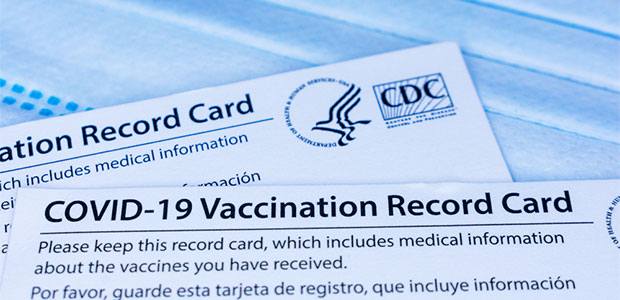
Life After OSHA Withdraws Vaccine Mandate
On January 25, OSHA withdrew the ETS while leaving open the prospect that it may still attempt to finalize and implement a permanent vaccine and testing mandate.
- By Sid Lewis, Jane Heidingsfelder
- Feb 03, 2022
As everyone likely knows by now, on January 13, 2022, the U.S. Supreme Court stated the OSHA Emergency Temporary Standard (ETS) mandating vaccines and/or testing for private employers with more than 100 employees. Subsequently, on January 25, OSHA withdrew the ETS while leaving open the prospect that it may still attempt to finalize and implement a permanent vaccine and testing mandate.
“OSHA is evaluating the record and the evolving course of the pandemic. OSHA has made no determinations at this time about when or if it will finalize a vaccination and testing rule,” a spokesperson for the Labor Department said.* However, it is likely that any vaccine and testing mandate, even a mandate passed through OSHA’s full rulemaking process, would suffer the same fate as the now-withdrawn ETS. The Supreme Court’s decision staying the ETS focused on the scope of the mandate rather than its issuance as an emergency standard.
In response to the decision by the Supreme Court, Secretary of Labor Marty Walsh issued a statement saying he disagreed with the decision of the Court and that “OSHA will do everything in its existing authority to hold businesses accountable for protecting workers under the COVID-19 National Emphasis Program (NEP) and General Duty Clause.” This strong language seems to indicate that OSHA is going to be looking to enforce COVID-19-related rules and regulations and leaves employers with the question of what they must do to protect workers from COVID-19 and remain in compliance with the Occupational Safety and Health Act.
As always, employers must continue to comply with specific standards that may be associated with COVID-19, such as those concerning bloodborne pathogens, respirator protection, personal protective equipment and record keeping. In addition, employers must ensure they address COVID-19 in a way that is not in violation of the General Duty Clause. Under that clause, OSHA requires employers to provide a workplace that is “free from recognized hazards that are causing or are likely to cause death or serious physical harm ....” 29 C.F.R. 654. The General Duty Clause is not specific in its requirements, but it is certainly a good idea for employers to consider the guidance that OSHA has provided on addressing hazards associated with COVID-19. OSHA’s most recent guidance from its NEP on COVID-19 recommends that employers implement the following:
- Facilitate employees getting vaccinated, including providing time off (paid or unpaid) to get vaccinated
• Encourage workers who are infected or who have been exposed to stay home from work
- Implement physical distancing for unvaccinated and at-risk workers
- Provide face coverings or face masks for unvaccinated and at-risk workers
- Educate and train workers on COVID-19 policies and procedures in languages they can understand
- Suggest that unvaccinated guests wear face coverings in public-facing workplaces and that all guests wear face coverings in public, indoor settings in areas of substantial or high transmission
- Maintain ventilation systems
- Perform routine cleaning and disinfection
- Record and report COVID-19 infections, hospitalizations, and deaths where applicable
- Implement protections from retaliation and consider an anonymous process for voicing concerns related to COVID-19
OSHA reminds employers that this is merely guidance consisting of suggestions and recommendations; it is not a standard or regulation and creates no new legal obligation. As such, it is important for employers to assess their workplace and potential exposure of their workforce and determine what is best to protect their employees. This may include some or all of the recommendations listed above. While not specifically required, it is advisable to have a written policy and procedures in place regarding COVID-19 hazards. It is also a good idea to track (document) all the measures that have been taken to address COVID-19 hazards so that if OSHA comes to do an inspection, employers have proof of everything they have done to be in compliance.
About the Authors
Sid Lewis is a partner and leader of the Labor & Employment Practice Group at Jones Walker LLP in New Orleans, LA where he consults and advises management and human resources personnel with respect to employment and labor laws.
Jane Heidingsfelder is a partner in the Labor & Employment Practice Group at Jones Walker LLP in New Orleans, LA. In addition to her traditional employment practice, she has extensive experience representing clients in a wide array of industries before OSHA.